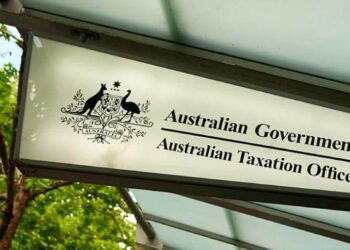Lindzi Caputo, HLB Mann Judd wealth management director, said the firm aims to even out super balances between a couple to maximise the family wealth that can be invested in the tax-effective superannuation environment.
“I look after a lot of mum and dad clients, pre-retirees and retirees,” Ms Caputo said.
“We often see couples with around $3–5 million in their SMSF where one spouse has built a larger balance over their working life. So, we look at strategies to ensure both members are able to maximise their transfer balance cap.
“This is also an area I am focusing on with younger clients – building more equitable superannuation balances earlier in their financial lives.”
Providing younger clients with strategic planning early to make the most of tax-effective concessional contribution limits is crucial, she said.
“Building up to a $1.9 million balance takes time and discipline. Using strategies like the carry forward concessional contributions for individuals with a balance under $500k can be useful.”
Ms Caputo said developing an approach to the proposed $3 million soft cap will take time.
“At this point, it’s hard to put any specific strategies in place as we don’t know what all these changes will look like,” she said.
“The stage three tax cuts set to be implemented from 1 July 2024 will play a role in our strategic approach and where wealth may be invested if it comes out of superannuation. There needs to be a longer-term strategy.
“One of the concerns around the $3 million superannuation proposal is planning for members who are yet to meet a condition of release and cannot yet withdraw part of their super.
“If a member is under 60–65 years old, there will be limitations around what they can do with their balances.
“As well, if re-contributing to another account, there are limits and rules to what can be contributed. Currently, it’s a ‘watch this space’ scenario to see where it will all land in terms of what the rules will be.”
Ms Caputo said in her experience, clients are concerned about the proposed changes.
“We have been trying to give clients a sense of calm around the proposed superannuation cap and telling them there is no need to make rash decisions now,” she said.
The best advice she can offer clients is that superannuation is still a tax effective place to grow wealth in preparation for retirement.
From 1 July 2023, there may be “more opportunities for retirees to contribute to superannuation,” said Ms Caputo.
With the total super balance cap now $1.9 million and the removal of the work test, retirees may be able to boost their SMSF balances with extra contributions.
“The total super balance is measured each year, giving retirees an opportunity to boost their super in years where their balance falls below the $1.9 million,” she said.
“This may present an opportunity to recontribute should a member’s required pension exceed their cash needs.
“In terms of the doubling of the minimum pension requirement, pensioners need to have the right mix of assets to meet their drawdown needs.
“With that, if a member draws five per cent pension out of their account, their SMSF’s investment portfolio needs to be able to produce a return of at least that amount to preserve their capital balance.
“It highlights the importance of retirees having a diversified mix of accessible and diversified assets including more liquid assets and exposure to equities, especially Australian equities, due to the franked dividend income.”
The rising cost of living, she said, is starting to impact some retirees who are finding that the drawdown they had calculated is no longer meeting their retirement needs.
“We may need to review their overall wealth management plan and look at fall back positions. Needing to drawdown more than the minimum requirement may impact the longevity of their superannuation,” she said.
“We have to ensure that they have an investment portfolio to support their cash needs.
“If they are needing to draw more than their minimum requirement, we try to access it from wealth outside of superannuation where possible.
“When clients get to those retirement years and their ability to contribute is restrictive, we want to preserve as much of their wealth in the tax effective superannuation environment.


